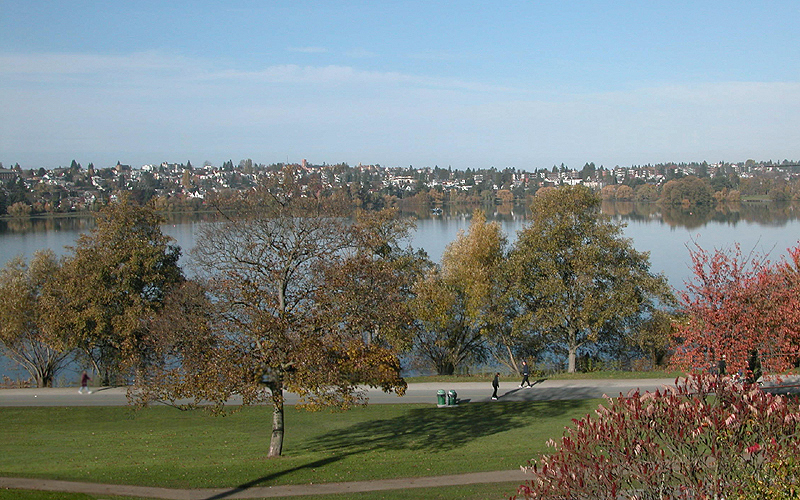Green Lake Seattle
Green Lake Seattle is one of Seattle’s most beloved parks. Its expanse of water and green space in the center of a dense urban neighborhood draws thousands of people daily from all over the city. The park serves as a natural preserve for hundreds of species of trees and plants, as well as numerous birds and waterfowl. The newly reconstructed 2.8-mile path around the lake provides a perfect recreational spot for runners, bikers, skaters and walkers. Many others use the athletic fields or visit the park for boating, picnics, and swimming.
Green Lake Seattle has multiple points of access for boats. The cove is 50′ of shoreline at the eastern corner of Green Lake facing north, south of the East Green Lake Beach. East is 50′ of shoreline along the eastern end of Green Lake at the foot of NE 64th St. West is located 50′ of shoreline, northwest of Duck Island. The Small Craft Center has three low floats and adjacent shoreline at 5900 W Green Lake Way N. Priority use for these floats is reserved for Seattle Department of Parks and Recreation programs.
Green Lake was named by David Phillips, who surveyed the area in September 1855 for the United States Surveyor General. His first notes referred to it as “Lake Green” because even in its natural state the lake is prone to algae blooms. The lake has a surface area of 259 acres (1.05 km2), a mean depth of 13 feet (3.8 m), and a maximum depth of 30 feet (9.1 m). The lake has been dredged in order to maintain its depth. Green Lake lacks both surface water inflows and outflows.
Green Lake’s Formation
Geologists say the Vashon Glacial Ice Sheet, which also formed Puget Sound and other area lakes, formed Green Lake 50,000 years ago. Dredgings of Green Lake have produced volcanic ash from an eruption of Glacier Peak that occurred about 6,700 years ago.
Green Lake Park
The lake was included in the Olmsted Brothers’ comprehensive parks plan and was given to the City by the State of Washington in 1905. Green Lake underwent a series of changes over the next 15 years- it was diked, dredged and filled until it shrunk by nearly 100 acres! The last fill deposited in Green Lake was from the excavation of Aurora Avenue.
